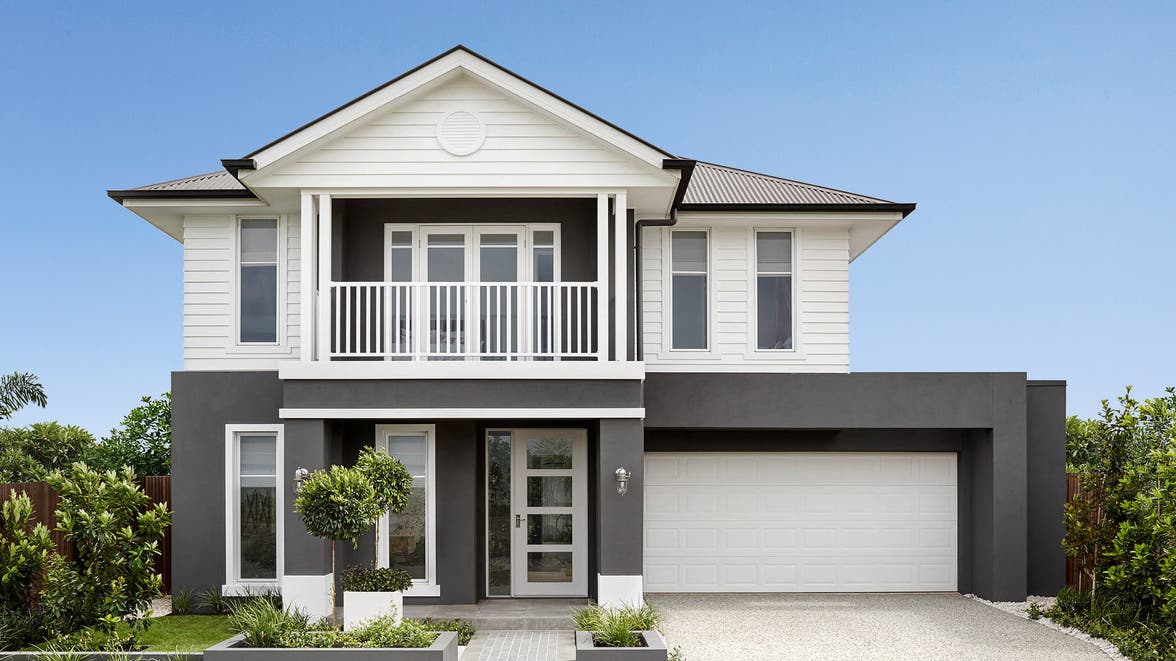Choosing the right block of land to build your dream home on can make a world of difference. Not only does it save you from encountering hurdles before your build, but also saves you from unforeseen costs!
It’s no secret that some blocks are easier to build on than others, so it’s important to arm yourself with the resources you need to find the perfect one to start your building journey.
6 factors to consider when choosing a block of land
1. Location
Whether you’re buying a house or choosing a block of land, location usually comes to mind first. Do thorough research on your areas of interest and look at:
- Proposed developments
- Property value trends over the years
- Access to highways and public transport
- Proximity to schools, police stations and hospitals
- Proximity to shopping centres
2. Size of the block
“What house can I fit on my block?”
If you’re eyeing a big block of land, you can probably build almost any home you desire on it. The land’s width and depth are usually good indicators of how small or big you can build.
3. Orientation
The orientation of your block directly impacts the way the house is designed. It’s crucial to get the optimal orientation (usually northern orientation in the southern hemisphere) to maximise sunlight exposure and adopt passive heating/cooling — saving on energy bills in the long run. Available north facing blocks may be hard to find due to their popularity, and you may also pay more compared to one that is not north facing. Take this into consideration when budgeting.
4. Slope
Building on a slope can also greatly affect the costs of the build. Depending on the severity, the uneven levels of elevation can make site costs rise easily, especially if it requires cutting and filling (for site levelling).
5. Easements
Easements provide other parties with the right to cross or use a portion of another party’s property without possessing it. Easements can include:
- Sewage and stormwater pipes
- Telephone and power lines
- Shared driveways or access roads
Ensure you’ve identified all the easements that exist on your block of land before buying it. Spare no tiny detail — this can affect how your home is built down the line.
6. Council restrictions or estate guidelines
Different councils and estates have different rules so it’s important to check in with them on certain building limits. Common examples are planning permits for single or double storey houses, consent to build over an easement, and tree removal permits for removing significant trees.
For obvious reasons, a town’s planning guidelines and building regulations can limit what you can build. They can set guidelines on the type of house, materials, maximum site coverage percentage, or even front fence heights.
Estates may also restrict what facade style you build as well as its colour scheme. This is to avoid having too many houses looking the same on any streets. It will also remove the possibility of you living next to a fluorescent-coloured house!
Need to visualise home designs on your block of land? Explore our single storey and double storey home designs, or visit a display centre today.

